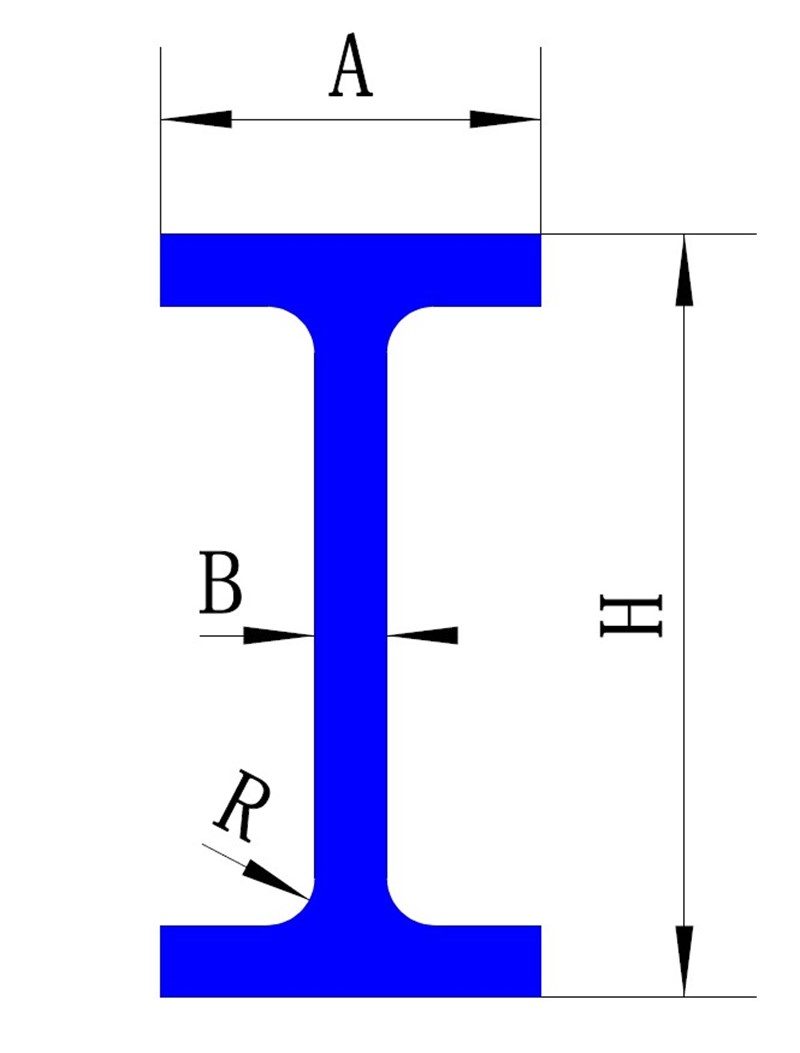ოქტ . 16, 2024 08:46 Back to list
Precise Measurement Tools for Internal Bore Gauging Applications and Techniques
Understanding Internal Bore Gauges An Essential Tool for Precision Engineering
In the realm of manufacturing and mechanical engineering, precision is paramount. One of the indispensable tools that help achieve this precision is the internal bore gauge. This instrument is specifically designed to measure the diameter of a hole or bore, ensuring that products meet stringent specifications and standards. This article delves into the functionality, types, applications, and importance of internal bore gauges in the industry.
What is an Internal Bore Gauge?
An internal bore gauge is a precision measuring tool used to determine the internal diameter of cylindrical objects, such as pipes, tubes, and various components with drilled or bored holes. Unlike external measuring tools, which measure outside diameters, the internal bore gauge fits inside the bore and expands to make contact with the inner walls. This allows for an accurate measurement of the internal features, which is crucial for quality control in manufacturing processes.
Types of Internal Bore Gauges
There are several types of internal bore gauges, each designed for specific applications and measurement ranges
1. Dial Bore Gauges These are among the most common types used in industry. They feature a dial indicator and a set of arms that expand to contact the walls of the bore. As the gauge is inserted into the bore, the dial reads the diameter, often allowing for very precise measurements.
2. Digital Bore Gauges These modern devices utilize electronic sensors and digital readouts to measure bore diameters. They are favored for their ease of use and ability to provide quick, accurate measurements with less manual calculation involved.
internal bore gauge

4. Go/No-Go Gauges Designed for quick checks, these gauges indicate whether a bore is within specified limits. If the gauge fits, it indicates that the diameter meets the minimum requirement (Go), while if it doesn't fit, it indicates a defect (No-Go).
Applications of Internal Bore Gauges
Internal bore gauges are utilized across a wide range of industries
- Manufacturing In the production of engine components, valve guides, and hydraulic cylinders, ensuring exact dimensions is crucial for performance and longevity. - Aerospace With stringent safety and performance standards, aerospace components must adhere to precise specifications, and internal bore gauges are essential in these quality assurance procedures. - Automotive The automotive industry uses bore gauges to measure everything from cylinder bores to pin holes, helping to maintain performance and efficiency in vehicles. - General Engineering From construction equipment to everyday machinery, many products require precise interior measurements, making bore gauges a staple in workshops and factories.
Importance of Internal Bore Gauges
The significance of internal bore gauges cannot be overstated. They help ensure that components fit together correctly, preventing issues such as excessive wear, malfunction, or failure during operation. Accurate measurements contribute to overall product quality, enhance operational efficiency, and reduce costly rework or replacement due to defects.
Moreover, the use of internal bore gauges aligns with industry standards for quality management systems, such as ISO, which emphasize the need for precision tools in manufacturing processes. By adopting best practices in measurement, manufacturers not only meet these standards but also enhance their reputation and competitiveness in the market.
Conclusion
In conclusion, internal bore gauges play a critical role in the realm of precision engineering. Their ability to accurately measure internal dimensions ensures that components are built to specification, facilitating quality control and operational efficiency across various industries. As technology continues to evolve, so too does the precision of these tools, driving advancements in measurement that ultimately contribute to the overall effectiveness of manufacturing processes and the reliability of the products we use every day.
-
Precision Manufacturing with Advanced Spline Gauge DesignNewsJul.31,2025
-
Industrial-Grade Calibrated Pin Gauges for Exact MeasurementsNewsJul.31,2025
-
Industrial Filtration Systems Depend on Quality Filter DN50 SolutionsNewsJul.31,2025
-
High-Performance Gate Valve WholesaleNewsJul.31,2025
-
Granite Surface Plate The Ultimate Solution for Precision MeasurementNewsJul.31,2025
-
Granite Industrial Tools The Ultimate Guide for Bulk BuyersNewsJul.31,2025
Related PRODUCTS









